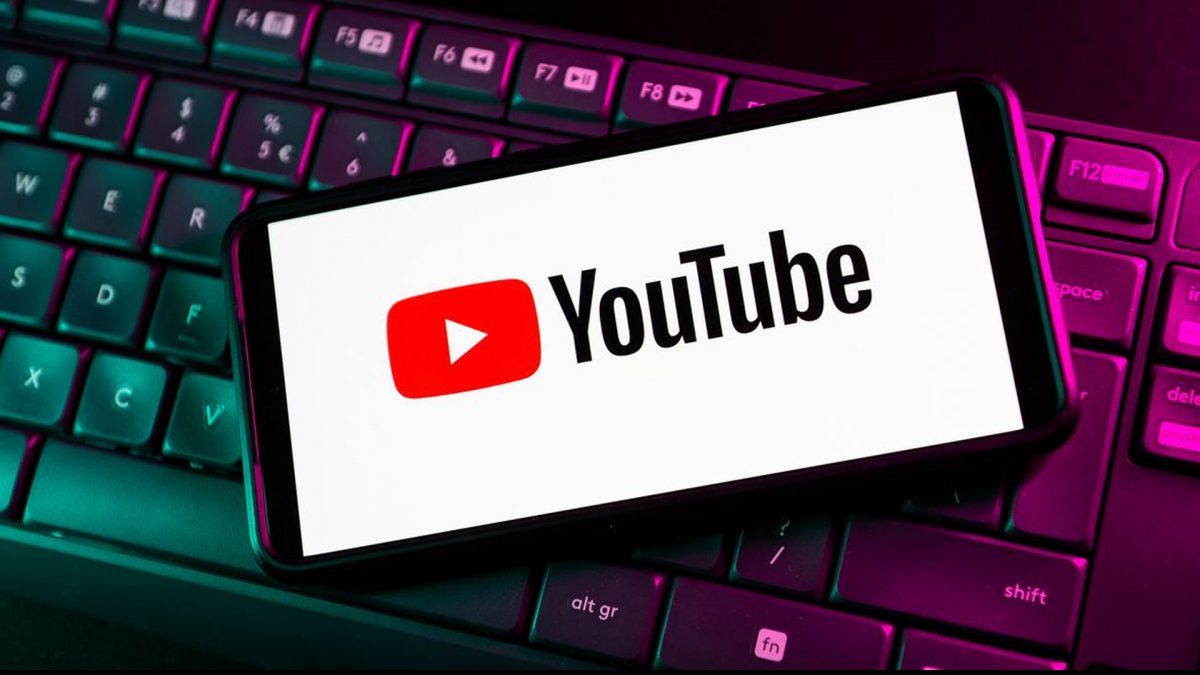Australia’s social media ban for teens is expanding.
The Anthony Albanese government is set to add YouTube, which is owned by Google, to the list of apps banned for youths.
The government had earlier decided to block access to a number of platforms including TikTok, Instagram, Facebook, X and Snapchat for teenagers.
The ban is slated to start on December 10.
Albanese had claimed that the idea behind the bill was to protect children from the ills of social media.
He said Australia was leading the world when it came to protecting children.
“Social media has a social responsibility and there is no doubt that Australian kids are being negatively impacted by online platforms so I’m calling time on it,” Albanese said recently.
“Social media is doing social harm to our children, and I want Australian parents to know that we have their backs.”
The development comes in the backdrop of Google being set to host its annual “Google at Parliament House” event.
But what do we know about the ban? And why has Australia added YouTube to the mix?
Let’s take a closer look
What we know about ban
Australia’s Parliament passed the law banning social media for those aged 16 and under in November 2024.
The legislation amended Australia’s Online Safety Act 2021 which defined people under 16 as “age-restricted users”.
It defined “age-restricted social media platform” as being where
The “sole purpose, or a significant purpose” is to enable “online social interaction” between people
Users can “link to, or interact with” others
Users can “post material”
The law also mandated a fine of over $30 million if social media companies did not take measures to stop those under the age of 16 from creating accounts on their platforms.
They also need to disable existing accounts and work out methods to step those aged 16 and under from bypassing the system.
Social media companies have said it remains unclear what they must do to meet the government’s requirements under the law.
More details about the steps that need to be taken are set to be put before Parliament Wednesday (July 30).
The move was thought to be widely popular with 77 per cent of respondents in one poll backing the ban.
However, the ban came in from criticism from experts who accused the government of doing a rush job.
At the time, it was uncertain that YouTube would be among the social media companies.
However, the government under former communications minister Michelle Rowland later carved out an exemption for YouTube.
Rowland told Australia’s Parliament YouTube was among the apps “that can be shown to function like social media in their interactivity but operate with a significant purpose to enable young people to get the education and health support they need”.
The other social media companies had slammed the Australian government’s move and demanded a “level playing field”.
TikTok described YouTube’s exemption as a “sweetheart deal” and said it was “irrational and indefensible”.
So, what changed?
Why has Australia added YouTube to the list?
The decision comes as Anika Wells has taken charge of the communications ministry.
Wells has said that she received advice from the eSafety commissioner Julie Inman Grant, that YouTube should be added to the list as it “poses a threat to young people”.
Grant last month cited a survey of 2,600 respondents saying that one in four children had viewed harmful content on YouTube.
She claimed it was “the most frequently cited platform in our research”.
She also referred to YouTube’s “persuasive design” and algorithm that keep young people on the platform.
Wells said online gaming, messaging, education and health apps would be excluded from the ban.
This is because they “pose fewer social media harms to under 16s”, she explained.
“The Albanese government is giving kids a reprieve from the persuasive and pervasive pull of social media while giving parents peace of mind,” Wells said.
“There’s a place for social media, but there’s not a place for predatory algorithms targeting children.”
“We want kids to know who they are before platforms assume who they are,” she added.
“There is no one perfect solution when it comes to keeping young Australians safer online – but the social media minimum age will make a significantly positive difference to their wellbeing.”
It must be pointed out that though teenagers will be unable to make YouTube accounts, they will be able to see videos on the website.
YouTube Kids will remain exempt from the ban.
What is YouTube saying?
YouTube has protested the ban.
“YouTube is a video sharing platform, not a social media service, that offers benefit and value to younger Australians,” a spokesperson said.
It said it will “consider next steps” and “continue to engage” with the Albanese government.
Experts too have expressed opposition to the ban and scepticism about its efficacy.
They say that though harmful content and platform design are concerns, they add that smart regulations and digital literacy is needed. They say the right’s of children must be balanced against free speech.
Australia isn’t alone. Norway has announced plans for a similar social media law, while the UK has expressed interest in doing so too.
With inputs from agencies
)